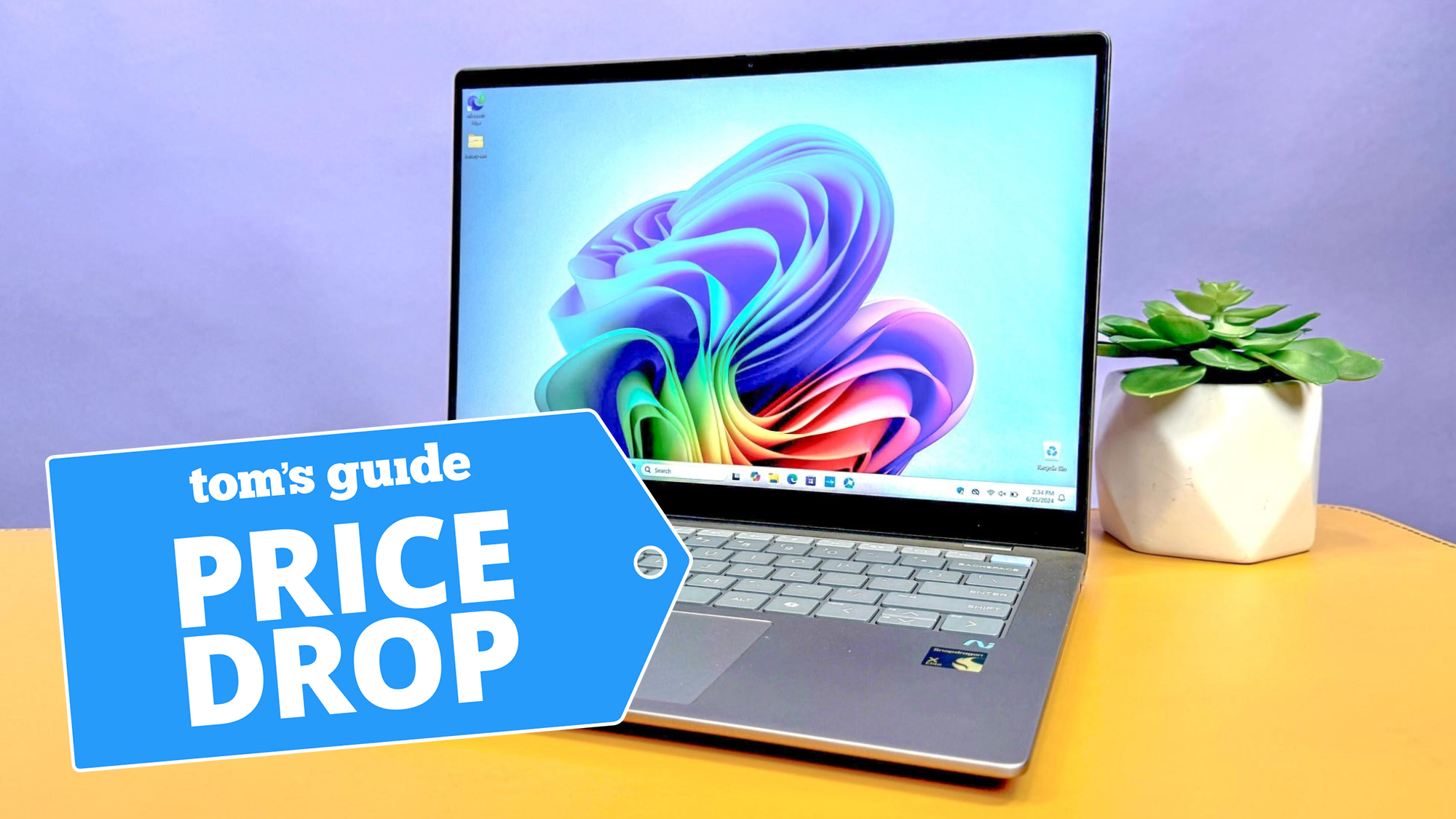
Google has ended development on a ‘Compact Mode’ for the Chrome web browser. It would have reduced the size of the browser’s toolbars and controls to fit better on smaller screens.
Google started testing a Compact Mode in July 2024 behind an experimental feature flag. It was intended to shrink the vertical height of the bookmarks bar and tab bar, remove padding around the toolbar separator, and reduce the horizontal space between bookmarks bar buttons. It wasn’t going to be a massive change, but it could helped give web pages a bit more space on laptops, tablets, and other devices with smaller screens.
Unfortunately, it seems like Google has given up on the experiment. A new commit in the Chromium repo removes all code for the Compact Mode, with the description explaining, “Deprecating compact mode since it was an experimental prototype we are no longer pursuing.”
The feature adds a ‘Toggle compact’ mode option to the menu that appears when right-clicking the tab bar. When Compact Mode is enabled, the browser interface slightly shrinks. The menu option isn’t visible without opening chrome://flags and setting the #compact-mode flag to Enabled. The flag should disappear from all branches of Chrome in the coming days and weeks.
It’s a shame that Google is giving up on this implementation, even if it only shrunk the interface by a few pixels. The company could also take inspiration from the Chrome browser on phones and tablets, building an optional interface where the toolbar and tab bar fade away as you scroll down the page. Browsers like Vivaldi offer more customization over the app interface, including moving the entire tab bar and toolbar to the bottom of the screen.
Hopefully, Google will try again at something like this in the future, but this version of a ‘Compact Mode’ is going away.
Source: Chromium (GitHub)
Source link











